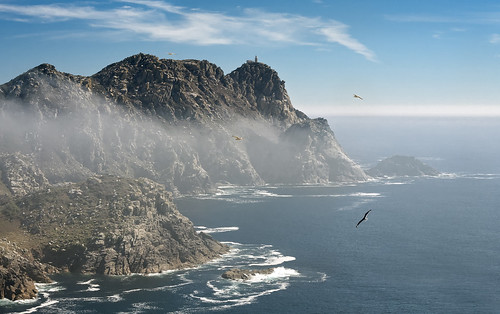*Department of Physics,
University of Surrey, GU2 7 XH Guildford, United Kingdom.
I am part of the Soft Matter Group, where we are particularly interested in all sorts of applications of soft materials. The project I am working on aims to develop new paints and coatings which are more environmentally friendly than the ones in the market. So I could say I am living proof that you can get a salary for watching paint dry!
I am part of the Soft Matter Group, where we are particularly interested in all sorts of applications of soft materials. The project I am working on aims to develop new paints and coatings which are more environmentally friendly than the ones in the market. So I could say I am living proof that you can get a salary for watching paint dry!
Until now, I have been preaching the benefits
and wonders of polymers and plastics (find out why I think we live in a world of plastic spaghetti and watching paint dry is fun). But today´s post is about their main disadvantage: the effect they have on the environment. Nowadays
we use disposable plastic at all times: food trays, plastic cups, carrier bags,
and wrapping film, are just a few examples. We are generating tons of plastic
waste every day. However, a huge amount of these items are not disposed of
properly (recycled) and they mostly end up in rivers and, eventually, in the
sea. And once they arrive there, their
fate is determined by the sea surface currents, which moves them from one place
to another.
 |
|
Polluted Beach on the
Red Sea in Sharm el-Naga, Port Safaga, Egypt.
Via Wikimedia Commons.
Public domain.
|

